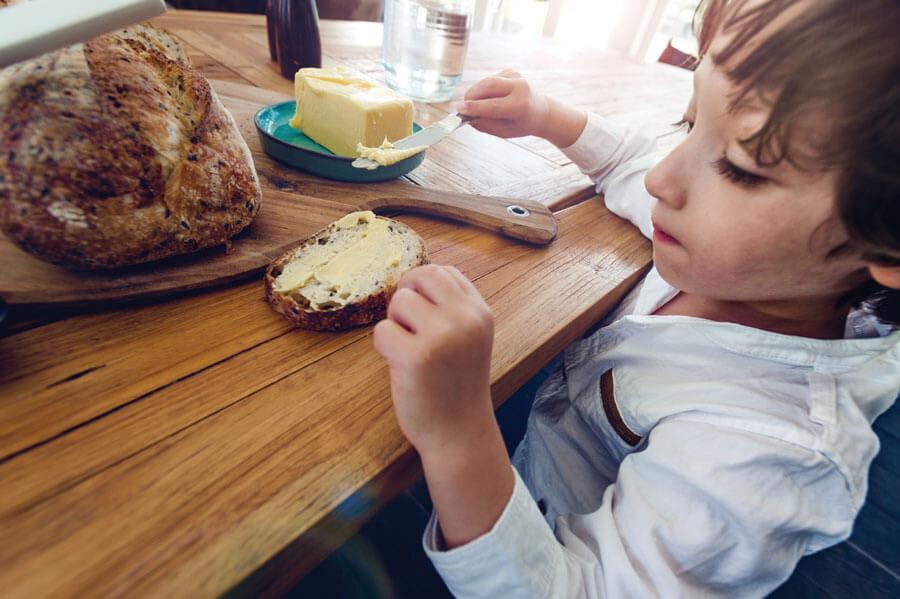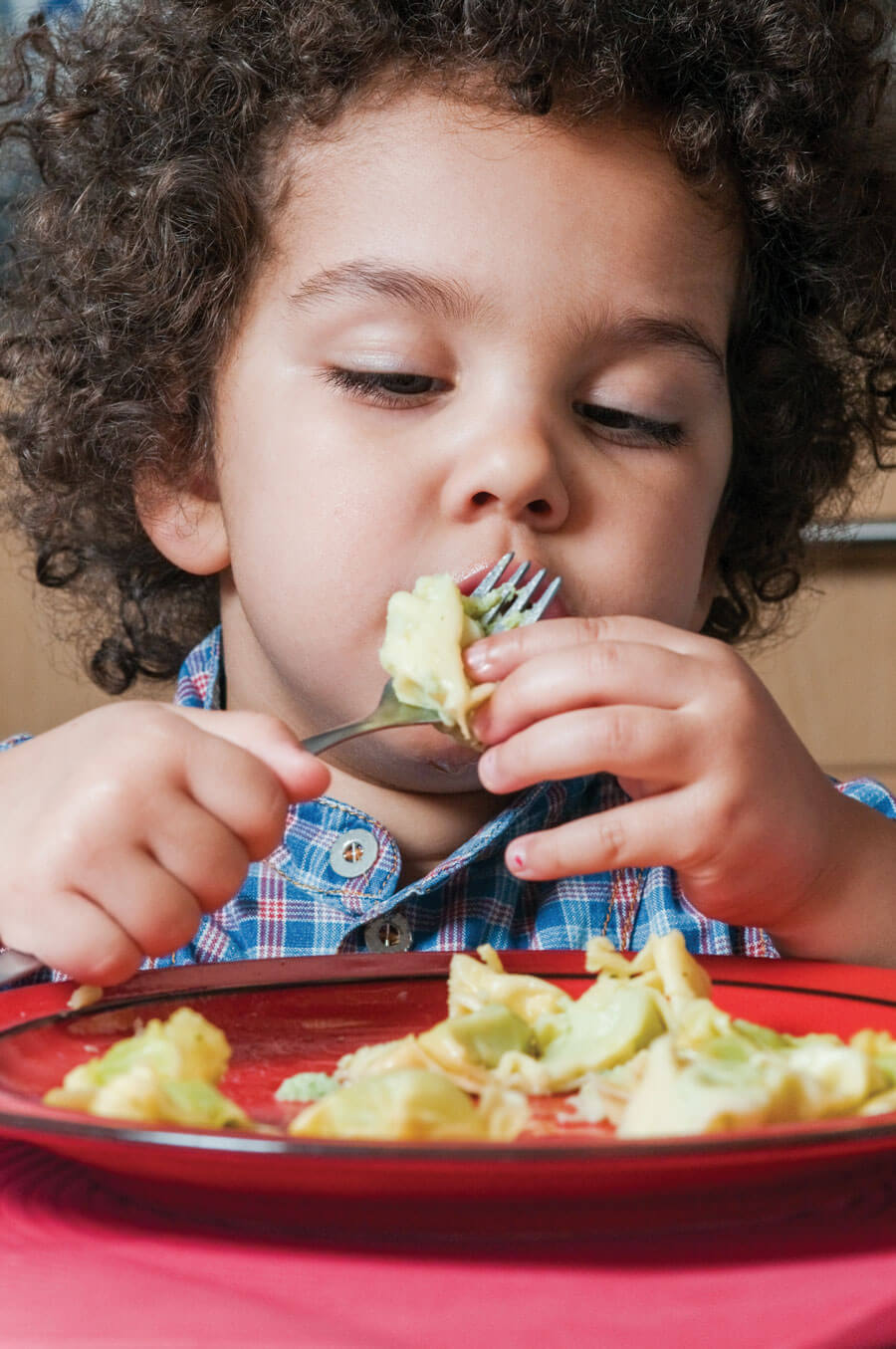Fat in family meals
- Home
- Ellyn Satter
- Prenatal / Postpartum
- Frequently Asked Questions
- Fat in family meals

You don’t have to be afraid of fat. You need it for nutrition and calories. Children need it for brain development. If you have heart disease in your family, get help with a special diet. Don’t just try to cut out fat. It doesn’t work and it isn’t good for you.


© Ellyn Satter
Side-Lying Hold
This hold is useful when:
Cross-Cradle Hold
This hold is useful when:
Clutch or “Football” Hold
This hold is useful when:
Cradle Hold
This hold is useful when:
Laid-Back Hold
This hold is useful when: